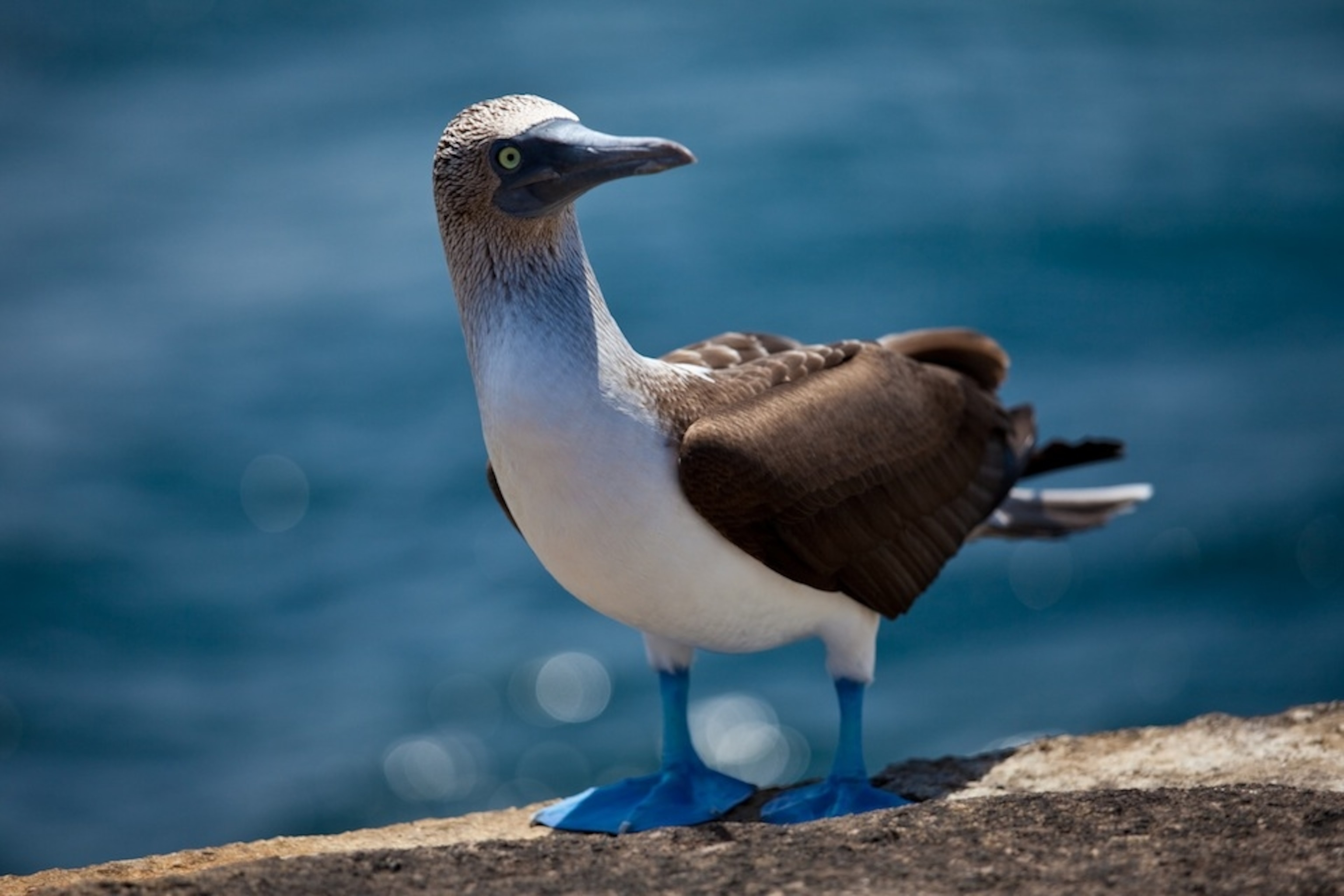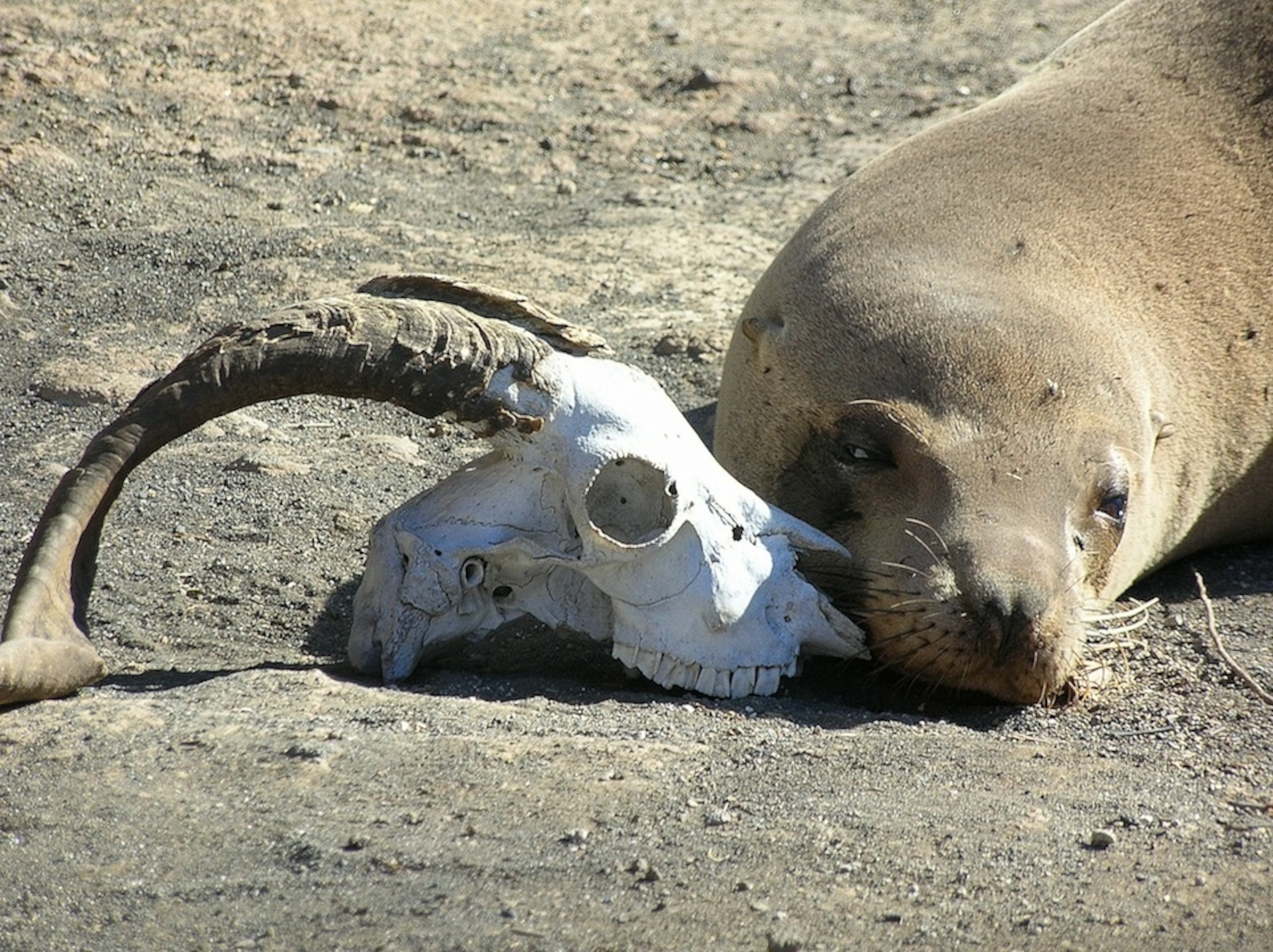On the Galapagos, The Betrayal of Judas Goats
Once a year, usually on a long drive around Labor Day, I catch up on the old podcasts I’ve missed all summer. One I particularly love is Radiolab, the NPR mix of nerdy science and audio bombast. Earlier this summer, its gregarious hosts Jad Abumrad and Robert Krulwich produced an episode entirely on the Galapagos Islands.
We all know the Galapagos’s role as a laboratory of evolution. Darwin formulated his famous theory in the 1830s on the 18 islands off Ecuador, all so isolated from the mainland (and each other) that species slowly morphed over a few million years to accentuate advantageous traits like longer beaks or bigger feet.
That’s the Galapagos’s past. The islands’ future is mired in debates over how to protect the islands from the 150,000 tourists who visit each year, many of whom unintentionally bring invaders. The political future of Galapagos pits economic development versus wildlife protection. Meanwhile the tourists keep coming, depositing tiny seeds on trails, and occasionally fungi or insects that can cripple the fragile ecosystem.
And then there are the biggest invaders of them all. Goats. Onward has written about the demolition power of goats before, last fall on Kauai, where goats threaten some of the world’s rarest plants. The mammals, which were introduced to many Pacific islands by 16th century whalers and buccaneers, have undiscerning diets that usually include any plants or animals they can find, no matter how rare or old.
Galapagos saw its rare tortoise population crater in the late 20th century. And that brings us to my favorite Galapagos story: How researchers got rid of more than 200,000 goats. From the folks at Radiolab:
After endless planning and meetings, we commenced project Isabella…In under a year, through an aerial attack [by helicopter], we ended up wiping out 90 percent of the goats on Isabela. But to give an example of the nature of this business, its relatively easy to remove 90 percent of a goat population from an island. As they become rarer and rarer, they become harder to detect. The become educated. So the goats start
hiding. You end up flying around in an expensive helicopter not finding any goats.
So the way we deal with that is an interesting technique called Judas goats. Goats are gregarious and like being in groups. They’re herd animals. The technique we would use was you fire up the helicopter, capture goats live, take them back to base camp, unload them, put a radio collar on them, and then throw them back on the island. Instinctively, that goat will go find other goats. A week, two weeks go by. You fire up the helicopter and…start tracking the Judas goats until you spot it with other goats. And then everyone gets shot except the Judas goat. And then they do it again. Every two weeks for a year.
That’s how Isabela island went from 90 percent to 99 percent goat free. The last few goats were the Judas goats, which had been sterilized. For their trouble, they were allowed to live to the end of their days on the island (although one imagines the effect of such repeated trauma).
Eradicating invasive species is never easy or cheap (this one cost $6 million). Last year we looked at one of the flashier projects on Guam to rid the American island of nearly two million brown tree snakes that had demolished all of the island’s wild endemic birds. Certainly its important to consider the ethics of such projects like on the Galapagos, in which goats, by no fault of their own, ended up on an island where they’re unwelcome. It’s one of the longest running dilemmas of conservation: amid a constantly changing world, how hard should we try to keep the world the same? And in the event of inevitable conflict—created by humans—which species win?







